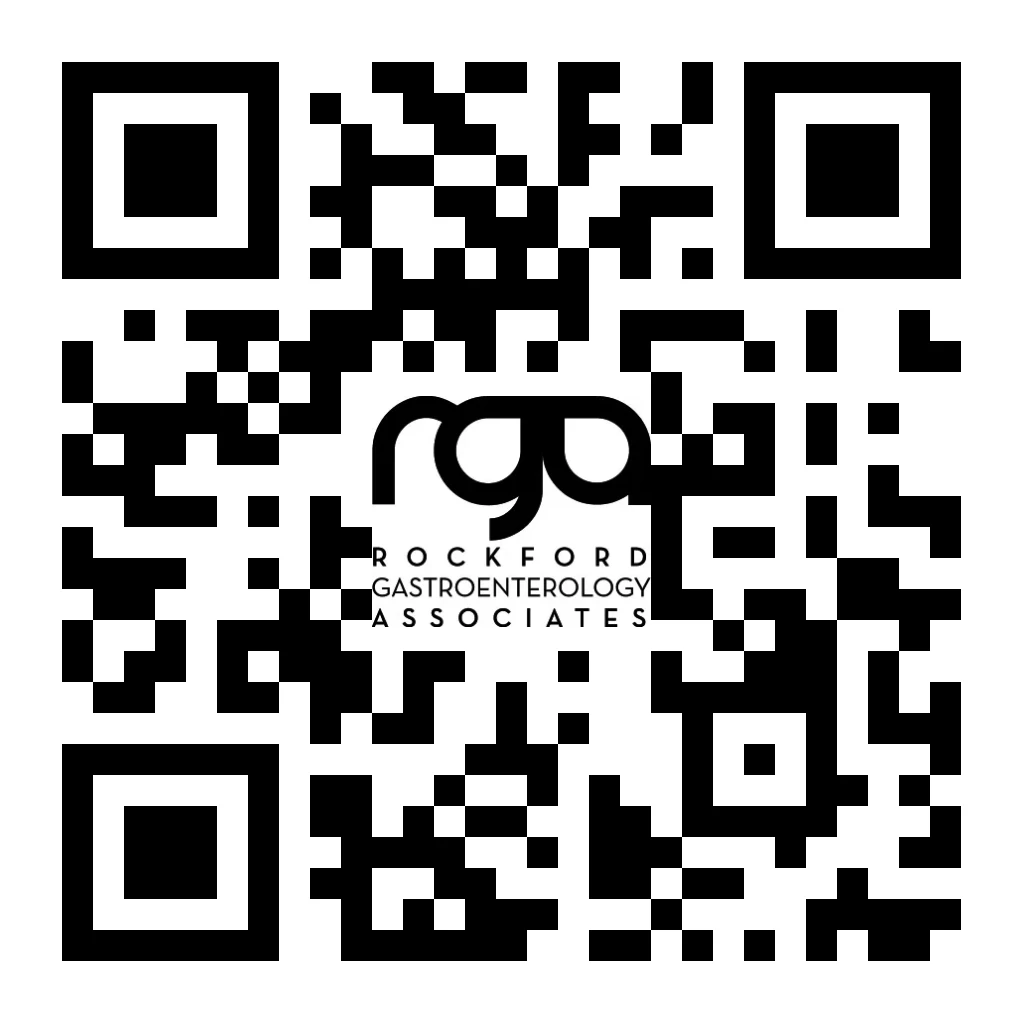Esophageal manometry measures the rhythmic muscle contractions that occur in your esophagus when you swallow, the coordination and force exerted by the esophagus muscles, and how well the ring-shaped muscles at the top and bottom of your esophagus open and close.
This procedure involves the placement of a thin, flexible tube (catheter) through the nose, down the esophagus, and into the stomach. The tube is connected to a manometer that measures pressure. To prepare for an esophageal manometry, you may be asked to stop taking certain medications, fast for a specific period before the test, and refrain from smoking for a number of hours before the procedure.
During the procedure, a topical anesthetic is usually applied inside your nose to ease the insertion of the thin, flexible tube (catheter). You may feel some discomfort as the tube is passed through your nose and into your esophagus, but it is not usually painful.
The patient is usually asked to swallow water at certain intervals during the procedure while the manometer measures the pressure of your esophageal muscles at rest and during swallows. This allows your Rockford GI the doctor to evaluate how well the esophageal muscles contract and relax. The procedure typically takes about 20 minutes.
Esophageal manometry can help diagnose conditions like achalasia, esophageal spasms , ineffective esophageal motility and other motor abnormalities of the esophagus.

